In the historical research community from the past to the present, many views consider the Mac Dynasty (1527-1592) as a false dynasty, because they believe that the Mac Dynasty usurped the Le Dynasty. However, all cannot deny the achievements that the Mac Dynasty made for the country. For almost the entire 16th century, the Mac Dynasty used the Northeast region as an important military base. Therefore, it is not surprising that the land of Quang Ninh today is a place that still retains many historical and cultural marks of the Mac Dynasty.
One of the widely known places in Quang Ninh is Dam Nha Mac, especially since the Dam Nha Mac industrial park was developed. According to the genealogical documents of the Mac dynasty, the Mac dynasty lagoon belongs to Quang Yen town today. Ninh Vuong Mac Phuc Tu (1524 -1593), the second son of Mac Dang Doanh, planted mangrove trees in the area, both to protect the land and to hide the army. Later, it was named like that.
It is said that after being heavily attacked by the Le - Trinh army, because the Do Son and Nghi Duong areas ( Hai Phong ) became battlefields, many people had to flee, they moved to the sea of Van Ninh to work as fishermen, then formed the villages of Tra Co (Mong Cai), Van Vi, Son Tam (in Dong Hung, Quang Tay, China) as today. Fishermen from Co Trai - the homeland of the Mac dynasty in Do Son came to Tra Co to live, established a village named Tra Co, with the intention of combining the two villages of Co Trai and Tra Huong, the homeland of Thai To Mac Dang Dung and his wife. Tra Co communal house is said to have been built in the middle of the 16th century, and today is considered a "cultural milestone at the head of the Fatherland".
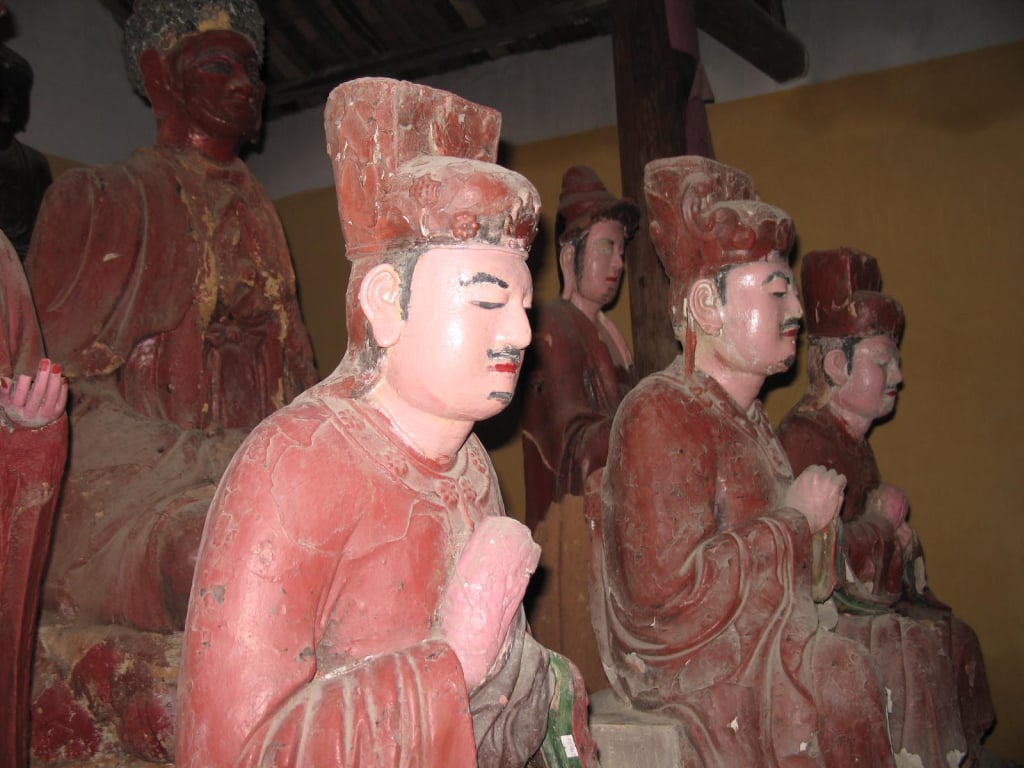
At the end of the 16th century, after being defeated in Thang Long, the descendants of the Mac dynasty, Mac Kinh Chi, Mac Kinh Chuong, and Mac Kinh Cung, gathered to defend An Quang (present-day Quang Ninh), building forces to fight against the Trinh dynasty. The Mac army built a series of ramparts in Dong Linh, Khoai Lac (Quang Yen town), Xich Tho (Ha Long city), Cam Pha, and Van Ninh (Mong Cai city). Among the above ramparts, only Xich Tho citadel still has relatively clear traces. Around 1997, Cam Pha citadel still had traces of a section of wall near the Cam Pha Central Mechanical Factory, but now it has completely disappeared. An objective reason is that most of the Mac citadels in Quang Ninh were built with earth, instead of stone on the mountain like in Cao Bang and Lang Son, so they were affected by nature and quickly lost their traces over time.
Some people believe that King Ninh Mac Phuc Tu was the one who built Thien Long Uyen garden in Yen Khanh village, Yen Duc commune, Dong Trieu town today, not from the Tran dynasty as many speculated. Until now, on the rock mountain in Yen Khanh village, there are still 3 Chinese characters "Thien Long Uyen" carved on the cliff.
In recent years, when conducting surveys of the Van Don trading port system at ancient coastal wharves from Mong Cai to Quang Yen, archaeologists have discovered many ceramics, especially earthenware and coins dating back to the Mac Dynasty. Compared to the Tran Dynasty's earthenware, which was often large and thick, the Mac Dynasty's earthenware was thinner and fired at a higher temperature. During the Mac Dynasty, through official and unofficial channels, the Mac Dynasty promoted and created conditions for Buddhism to flourish. In some places such as Quynh Lam Pagoda, the monk's tomb tower behind Hoa Yen Pagoda, Yen Tu today, there are still traces of restoration from the Mac Dynasty with architectural panels decorated with Bodhi leaf patterns and green glaze typical of the period when the Mac Dynasty was in full swing.
At My Cu Pagoda (Hung Dao Ward, Dong Trieu Town) today, there are still some very beautiful clay Buddha statues. The statues have a balanced and harmonious appearance and size, and the outside of the statues is covered with a layer of gilded lacquer. According to Associate Professor Tran Lam Bien, an expert in folk art research, these statues date back to the Mac Dynasty. This is the only pagoda in Quang Ninh that has such clay statues from the Mac Dynasty.
Source


![[Photo] The 1st Congress of Party Delegates of Central Party Agencies, term 2025-2030, held a preparatory session.](https://vphoto.vietnam.vn/thumb/1200x675/vietnam/resource/IMAGE/2025/9/23/e3a8d2fea79943178d836016d81b4981)
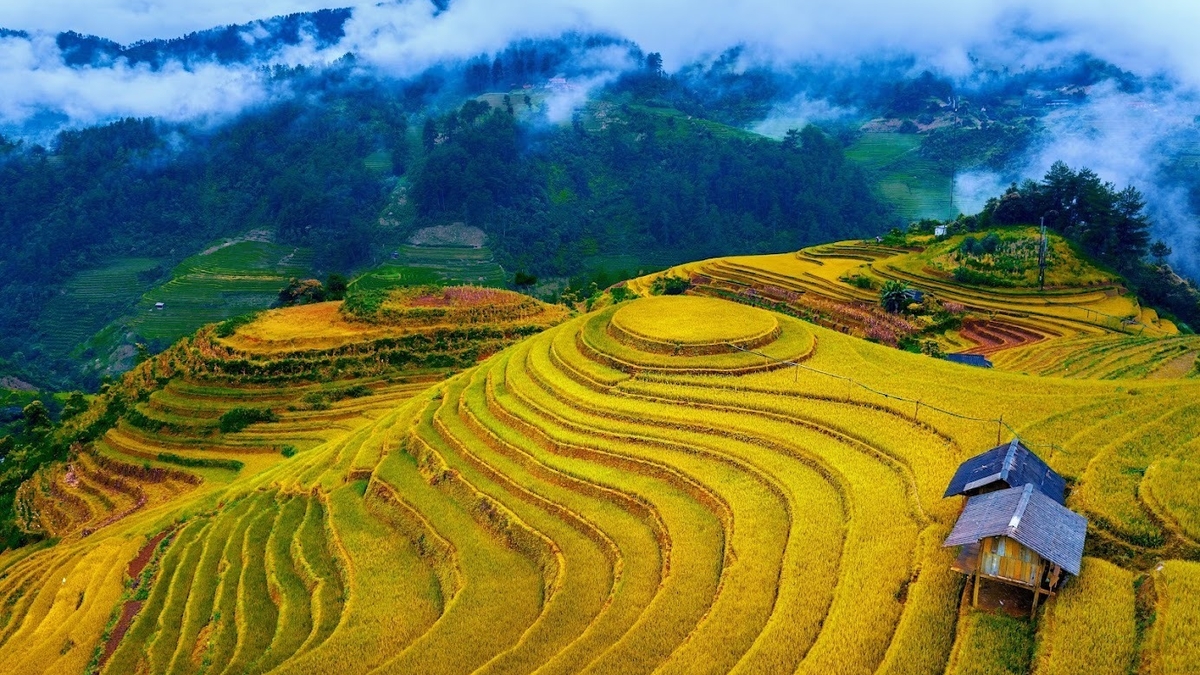
![[Photo] General Secretary To Lam meets voters in Hanoi city](https://vphoto.vietnam.vn/thumb/1200x675/vietnam/resource/IMAGE/2025/9/23/d3d496df306d42528b1efa01c19b9c1f)
![[Photo] Editor-in-Chief of Nhan Dan Newspaper Le Quoc Minh received the working delegation of Pasaxon Newspaper](https://vphoto.vietnam.vn/thumb/1200x675/vietnam/resource/IMAGE/2025/9/23/da79369d8d2849318c3fe8e792f4ce16)

![[Photo] Prime Minister Pham Minh Chinh chairs the 14th meeting of the Steering Committee on IUU](https://vphoto.vietnam.vn/thumb/1200x675/vietnam/resource/IMAGE/2025/9/23/a5244e94b6dd49b3b52bbb92201c6986)



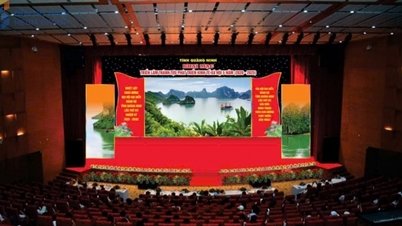
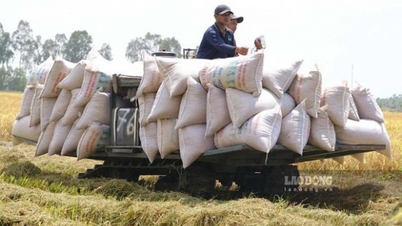

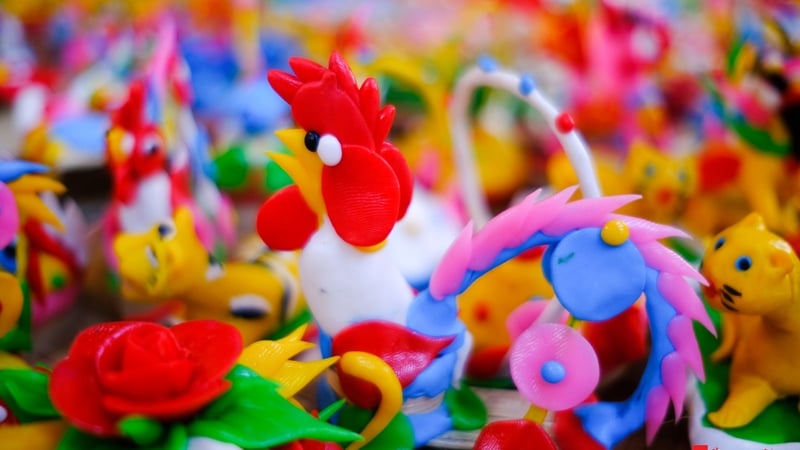
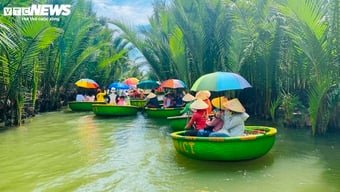










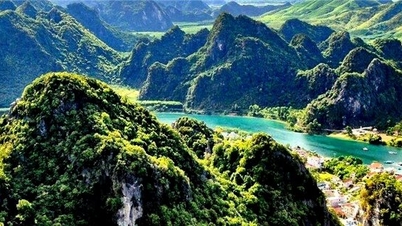



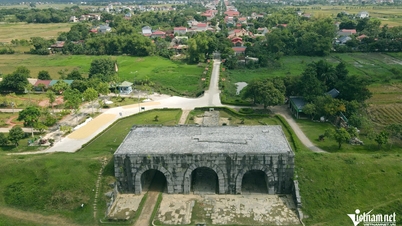








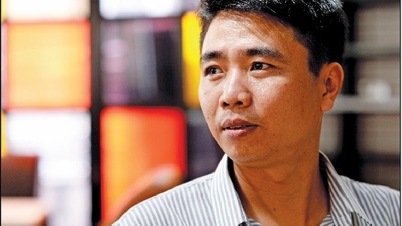




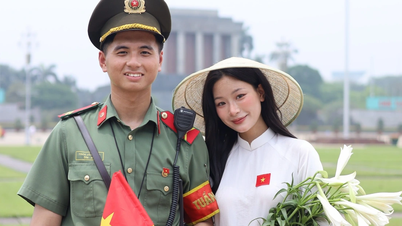





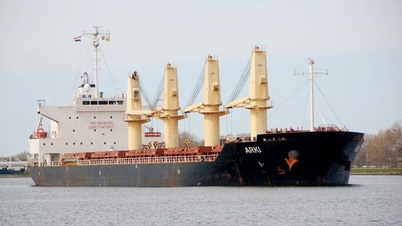


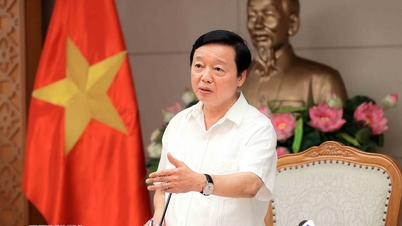
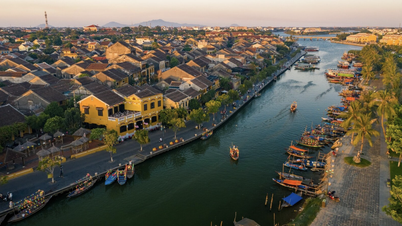








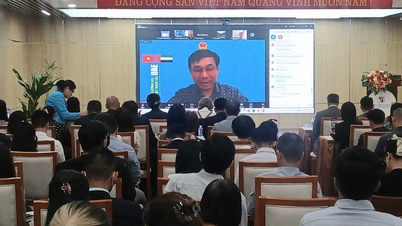
















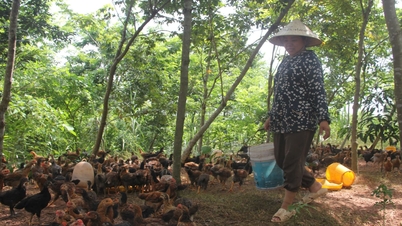
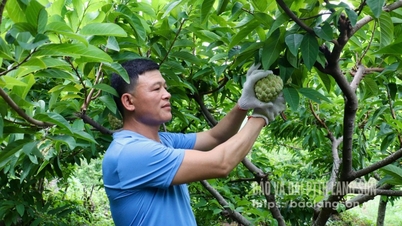

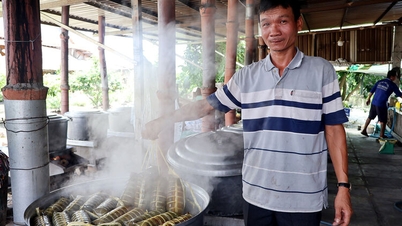




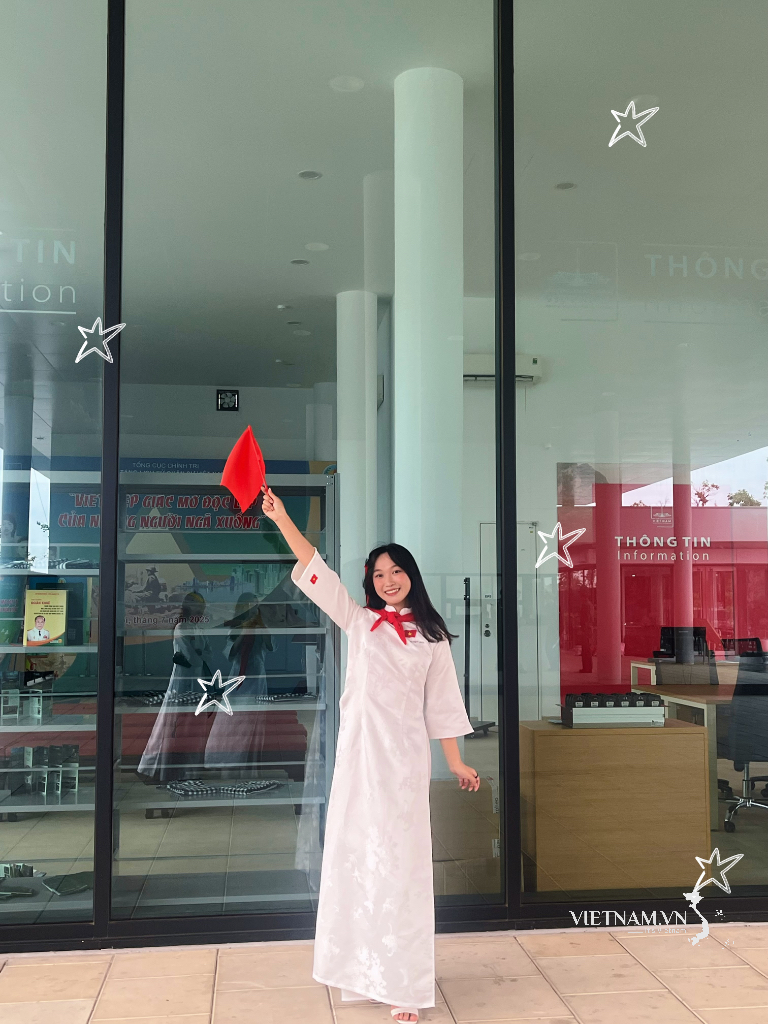

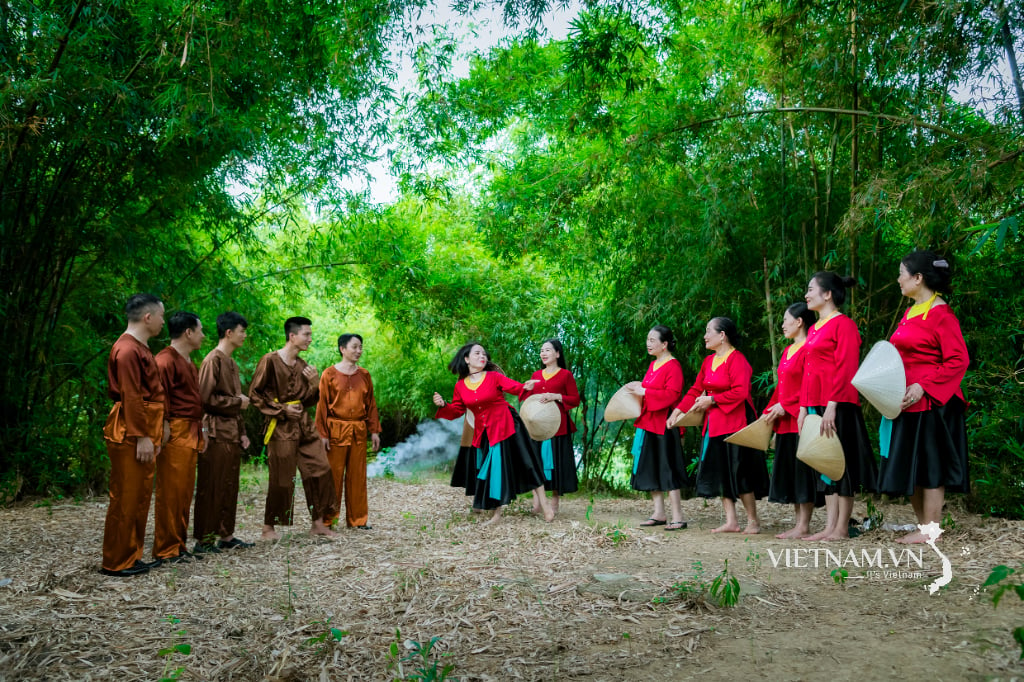
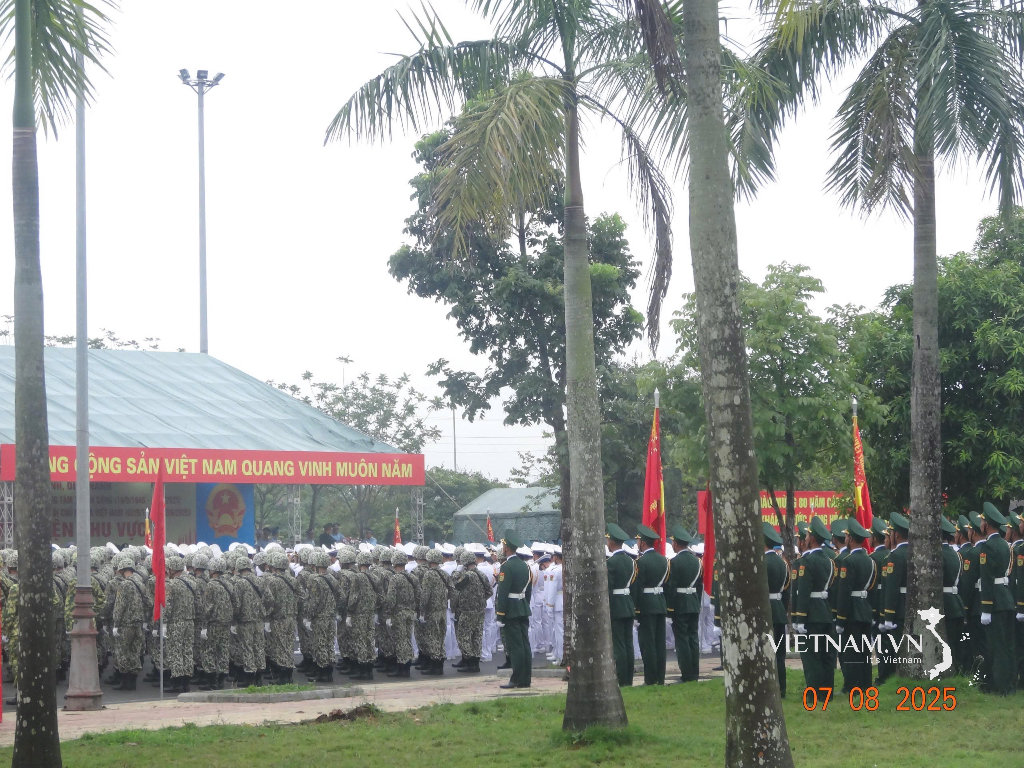
Comment (0)